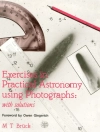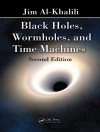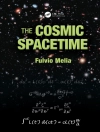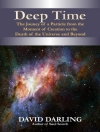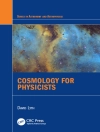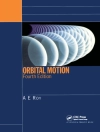In Robotic Exploration of the Solar System, Paolo Ulivi and David Harland provide a comprehensive account of the design and management of deep-space missions, the spacecraft involved – some flown, others not – their instruments, and their scientific results.
This fourth volume in the series covers the period 2004 to the present day and features:
- coverage of the Rosetta and Curiosity missions up to the end of 2013
- coverage of Mars missions since 2005, including the Mars Reconnaissance Orbiter, Phoenix and Fobos-Grunt, plus a description of plans for future robotic exploration of the Red Planet
- coverage of all planetary missions launched between 2004 and 2013, including the Deep Impact cometary mission, the MESSENGER Mercury orbiter, the New Horizons Pluto flyby and the Juno Jupiter orbiter
- the first complete description of the Chinese Chang’e 2 asteroid flyby mission ever published
- extensive coverage of future missions, including the European Bepi Colombo Mercury orbiter and international plans to revisit the most interesting moons of Jupiter and Saturn.
Daftar Isi
Part 1.- The Beginning.- Of Landers and Orbiters.- The Grandest Tour.- Part 2.- The Decade of Halley.- The Era of Flagships.- Faster, Cheaper, Better.- Part 3.- The Last Flagship.- Faster, Cheaper, Better Continues.- Mars Invaded.- Part 4.- New frontiers of the solar system.- Red Planet blues.- The future.
Tentang Penulis
Paolo Ulivi was born in Florence, Italy and graduated from the Politecnico di Milano University with a thesis on robotics for Mars sample return missions. He works as a consultant in aerospace structures in Toulouse, France. In his free time, he researches the history of astronautics, astronomy, aeronautics and the Cold War. He is also an amateur astronomer and specializes in Solar System observations.
David Harland studied astronomy to degree level, and pursued a career lecturing in computer science, and academic and industrial research. In 1995, David ‘retired’ to resume his interest in space and started to write. He has over two dozen books published to date, a majority of them with Springer/Praxis and several others under contract. These days he considers himself to be an amateur hermit and a professional space historian.


